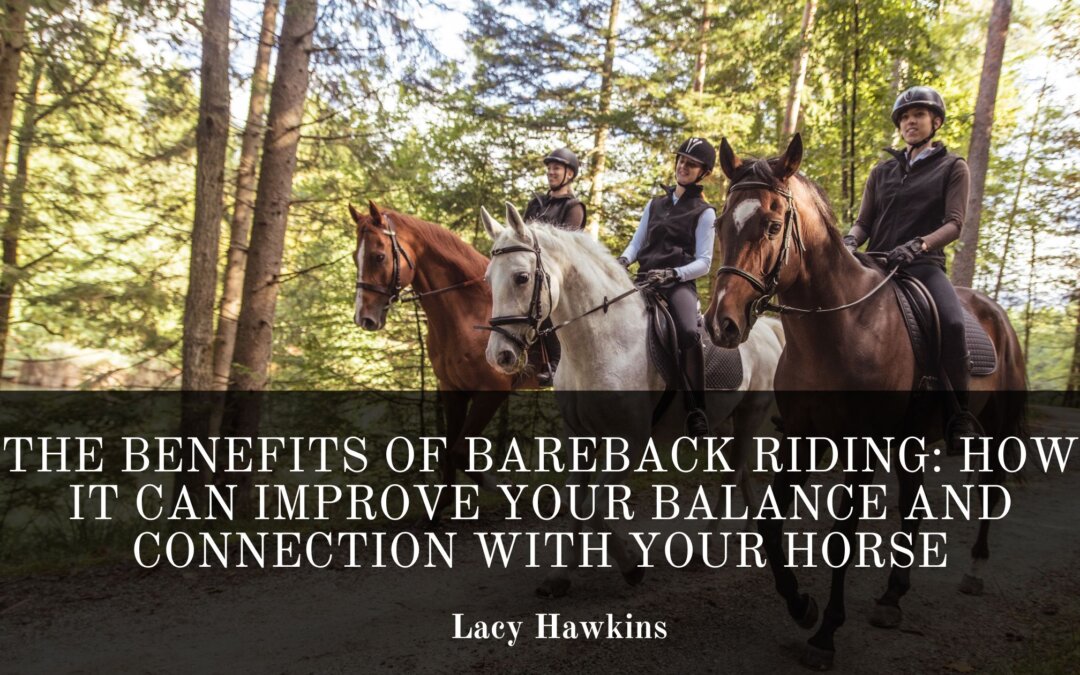Bareback riding is a valuable practice that enhances a rider’s balance, coordination, and connection with their horse. Removing the saddle allows riders to understand their horse’s movements better and improve their overall riding skills. Whether used as a training tool or simply for enjoyment, bareback riding offers both horse and rider benefits.
1. Improved Balance and Core Strength
One of the most significant benefits of bareback riding is improving balance. Without the support of a saddle, riders must engage their core muscles to stay centered. This strengthens the abdominal, back, and leg muscles, leading to better posture and stability in the saddle. A stronger core also helps prevent unnecessary movement disrupting the horse’s rhythm.
2. Enhanced Connection with Your Horse
Riding without a saddle allows for a closer connection with the horse. Without the leather barrier between you and your horse, you can feel their movements more directly. This heightened awareness enables better communication, as riders can sense subtle shifts in the horse’s posture, breathing, and gait changes, allowing for more responsive riding.
3. Increased Confidence and Awareness
Bareback riding challenges riders to trust themselves and their horses. Without the security of stirrups, riders must rely on their own body control and adaptability. This practice builds confidence as riders adjust their seat and posture instinctively. Additionally, bareback riding enhances a rider’s awareness of their body position and weight distribution, leading to a more effective riding technique.
4. Better Leg Position and Aids
Riding bareback naturally encourages a correct leg position, as gripping too tightly with the thighs can make it harder to stay balanced. Riders learn to relax their legs and apply more refined cues. This improved use of leg aids allows for clearer communication and a more harmonious ride.
5. Strengthened Seat and Coordination
A strong and independent seat is crucial for effective riding. Bareback riding teaches riders to move with their horse rather than against them, developing a more natural and fluid riding style. Since there is no saddle to absorb motion, riders must learn to follow the horse’s movement closely, resulting in improved coordination and adaptability.
6. A Fun and Engaging Challenge
Beyond its training benefits, bareback riding is an enjoyable and rewarding experience. It offers a new perspective on riding and can be a fun way to bond with your horse. Whether trotting through a field or working on refined movements, riding without a saddle adds variety to your riding routine.
Final Thoughts
Incorporating bareback riding into your practice can significantly improve your balance, strength, and communication with your horse. While it may feel challenging initially, the benefits are well worth the effort. With patience and regular practice, riders can develop a more secure seat, greater confidence, and a deeper connection with their horse.
